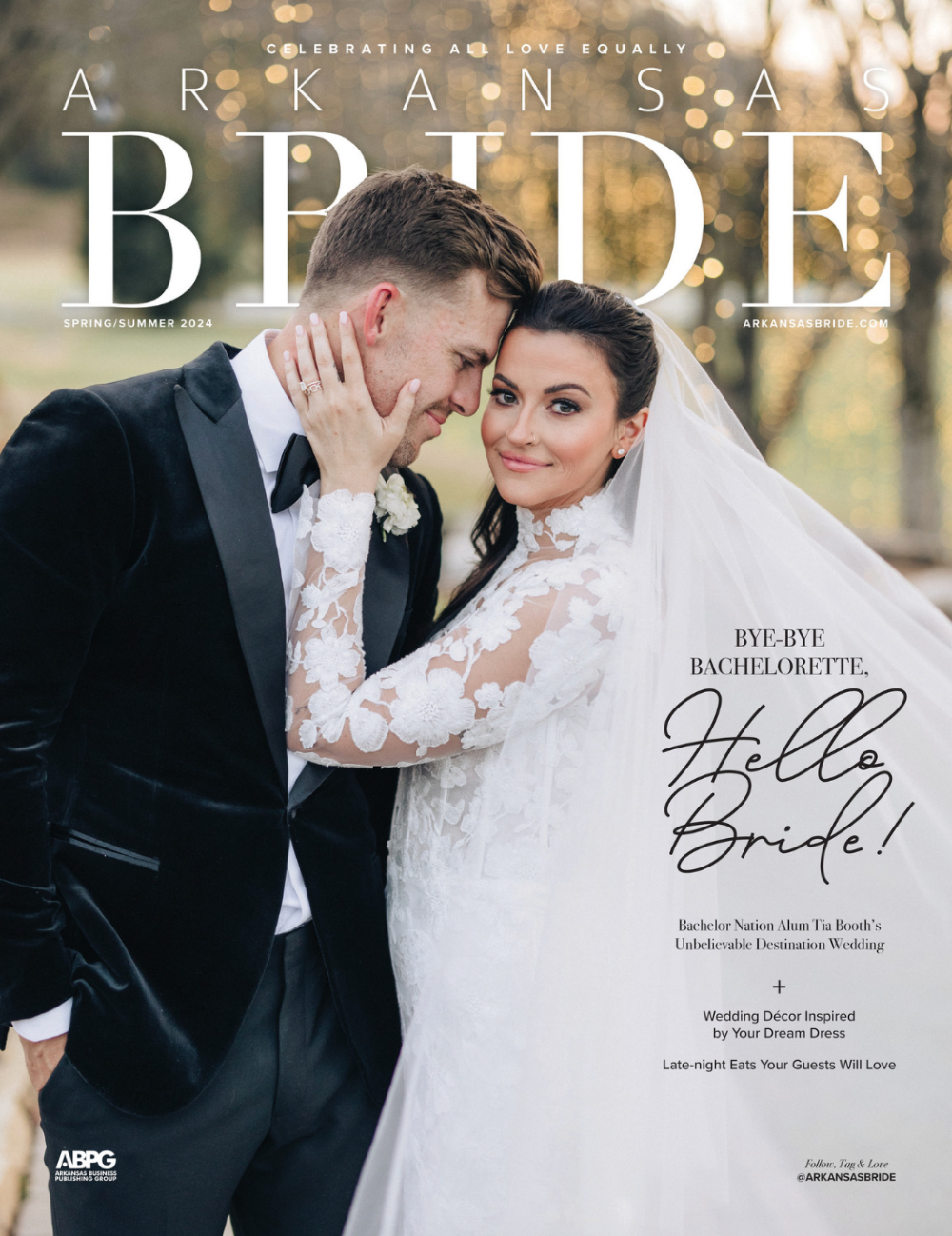
A GUIDE TO WEDDING GUEST ATTIRE LINGO
Let's face it, the first thought we all think when getting a wedding invite in the mail is "What am I going to wear?" A slight panic ensues when we realize that 1.) We have nothing to wear, and 2.) We don't understand what the dress code means.
What is the difference between Black Tie Formal and Black Tie Optional? Don't worry, you're not alone.
Lucky for you, we curated the perfect condensed summaries of dress codes most commonly found on wedding invites:
White-tie Formal

The fanciest of all dress codes, the white-tie formal wedding requires quests to wear (you guessed it) white ties, tuxedo coats with tails and floor-length gala gowns paired with many (and we mean MANY) jewels.
Black-tie Formal

A very formal dress code that includes a black tuxedo which can be paired with a black bow tie, or can be substituted for a skinny regular black tie. Floor-length dresses in dark tones are acceptable, but any color (besides white, of course!) can work, too.
Black-tie Optional

Don’t have a tuxedo? Ditch the rental and wear a black suit with a black tie, and floor-length, midi and cocktail dresses are acceptable, as well.
Formal attire

A suit with nice slacks and a tie-optional is a great choice for a formal attire wedding. Cocktail dresses, elegant A-line gowns or even a pantsuit/jumpsuit would work perfectly!
Cocktail Attire

Lighter suits and slacks and shorter dresses are the typical cocktail attire wedding guest dress code. Guests can be a bit riskier with the length of the dress and necklines, as well.
Semi-formal Attire

a wrap dress or simple jumpsuit is a great option for a semi-formal wedding, and a white button-down tucked into lighter slacks is appropriate for this wedding dress code.
Casual Attire

Sundresses and khakis are safe at casual attire weddings, but jeans are still not appropriate (even for a casual wedding!).










